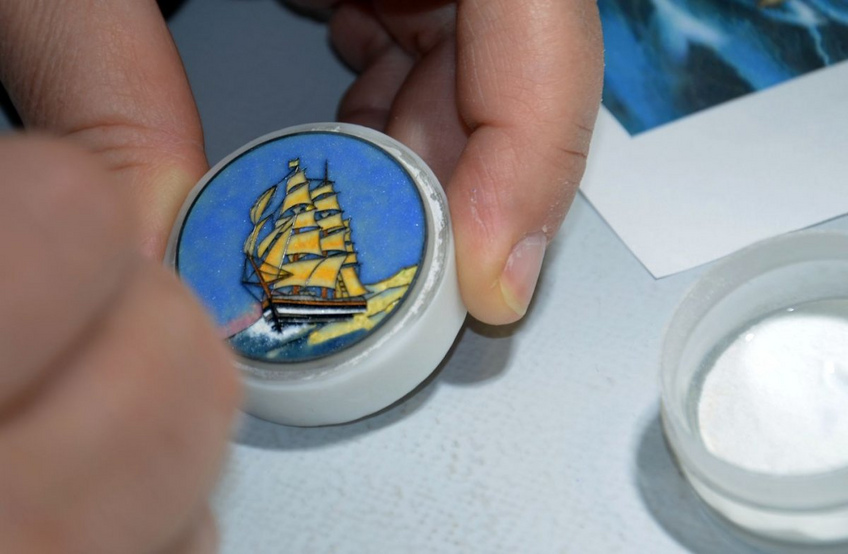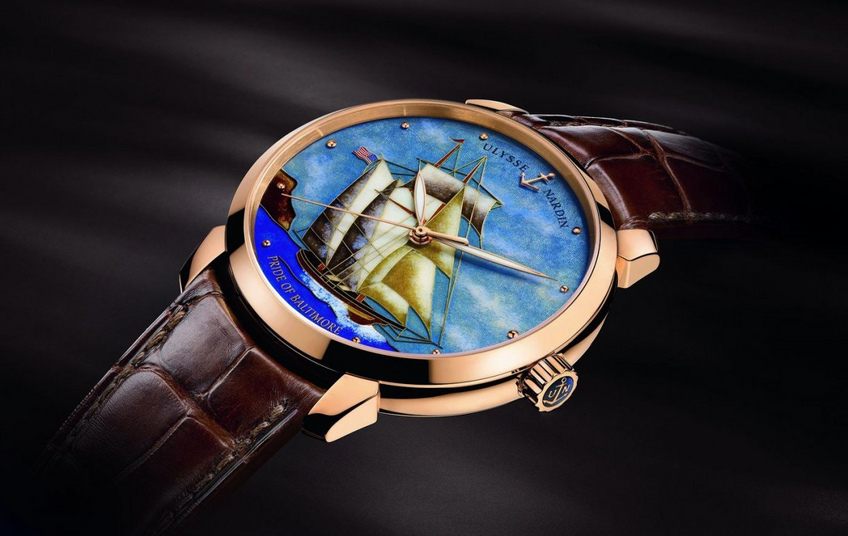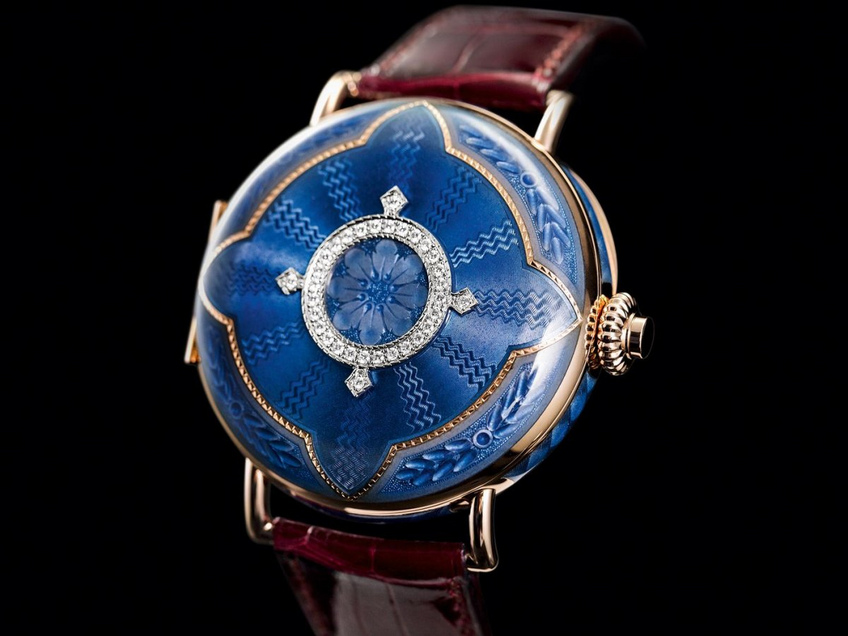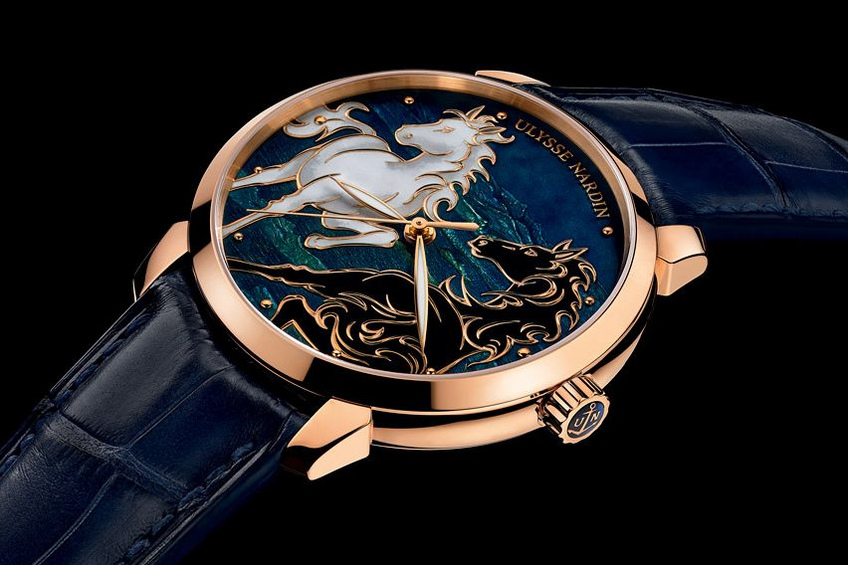

Donzé Cadrans - At the heart of traditional enameling
Many crafts and savoir-faire enter in the process of fine watchmaking. Craftsmanships technics that can be interpreted as art. Enameling is one of them.
Very rare are the companies that still respect and follow strictly the ancient traditions. Donzé Cadrans is among the only two or three firms in Switzerland that perpetuate this art. Let’s immerse ourselves at the heart of this «métier d’art», with Claude-Eric JAN, director of Donzé Cadrans.
Donzé Cadrans’s history
The firm was created in 1972 by master enameler, Francis Donzé in Le Locle, Switzerland. Very quickly he specializes in the restoration of ancient clock or watch dials and the creation of Grand Feu enamel dials for the most prestigious watch brands. In 1987, Ulysse Nardin, the niche fine watchmaking brand, becomes one of its main client, recognized for the quality of its enamel dials. Their collaboration led to the buyout of Donzé Cadrans by Ulysse Nardin in 2012 in order to preserve its savoir-faire and its independence. Even after the integration of the watchmaker in Kering, third largest luxury group worldwide, Donzé remains independent and still supplies enamel grand feu dials to brands like Patek Philippe, Hermès, Cartier, or other independent brands such as Lang & Heine or Czapek & Cie, the legendary brand revived through crowdfunding in 2015. Of the 1200 to 1500 dials produced annually by Donzé, 50% are for third parties. Donzé Cadrans is a true added value for all the Kering brands (Ulysse Nardin, Girard-Perregaux) as well as all the brands they work with. You can now visit their production site in order to grasp the work that a true enamel Grand Feu dial represents. Believe me, it’s edifying !

An ancient skill, an exclusive product
Enameling is a 3500 years old technic! The process is long, precise and extremely difficult. It consists in the vitrification of enamel powder on a metallic base with which it bonds completely. A Grand Feu enamel dials requires many high temperature - superior to 800°C - treatments in specific kilns. The risks of loss are enormous. 60 to 75% of dials do not make it till the end confirms Claude-Eric JAN. It is also what makes it so valuable. The mastery of this craftsmanship enables Donzé Cadrans to restore dials from museum pieces. It uses the same technics as in the 17th century, preserving therefore the intrinsic value of the piece. Donzé never uses acrylic painting, even the indexes decals are made in enamel. Moreover there is no school for enameling, the skills are transmitted from craftsman to craftsman, from hand to hand. Years of practice are required to master one of the enamel technics. Each necessitate a different savoir-faire. Each one of them is «grand feu» as they all mean the actual fusion of the enamel.

The work starts on a domed dial, larger than the face of the actual dial by a good centimeter. Why ? Because the firing of the enamel will tense the dial which could crinkle, become concave and unfit for use in a watch. For this same reason, Donzé applies a counter enamel on the back of the dial to create a counter tension and ensure the rigidity of the dial. The enamelers’ secret is also in the actual composition of the different enamels, which can be hard, semi-hard or soft. Each blend enables a certain type of decorative work. There are three decorative technics : flinqué, cloisonné and champlevé.
Three decoration technics
The flinqué is the perfect marriage of guilloché and enamel. A guilloché artist decorates the dial by hand, then Donzé applies the various layers of colored or translucent enamel to enhance the decoration effects.

The champlevé is the meeting of the enameler and the engraver. The latter engraves by hand all the details in which the enameler deposits various colored enamels. The engraver then finishes all the details with a chisel after the dial is polished to emphasize further the effects. Needless to say there is no margin for error and the risks of loss are multiplied.
The cloisonné is a technic dating back to the Byzantine empire. A detailed decor is created with golden wires then filled with enamel to give it life. Setting up the wires can take between 8 to 15 hours. The partitions are then completely polished for a perfect rendition. This technic is completely done in-house at Donzé Cadrans.

An antique technic, a craftsmanship transmitted from hand to hand, unavoidable losses, a work of art for decoration, all these elements make Donzé Cadrans and Grand Feu enamel renowned. It explains why it takes from 50 to 60 hours to achieve for each dial. Hence the exclusivity, the priceless value of such dials. Even more so, as Grand Feu enamel endows them with an almost eternal beauty.


